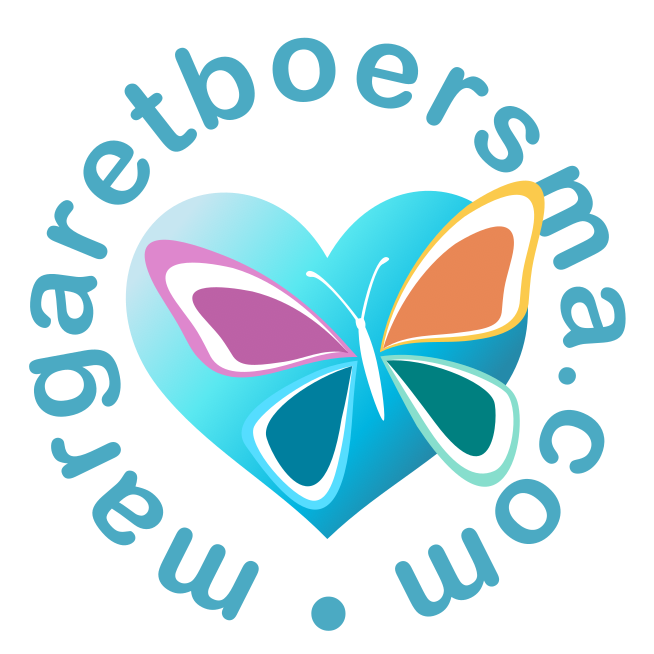In Honour of Sir Ken Robinson: Creativity is Key to Learning
Sir Ken Robinson, you will be sorely missed.
Sir Ken Robinson, may you continue to be a great source of encouragement for all of us as educators and teacher trainers who aspire to find innovative ways to teach the whole child.
Your inspirational TED Talk, Do Schools Kill Creativity? is a message we all must take to heart. May what I share below serve as a tribute to you, your family and the broader family of people you continue to inspire.
“Creativity is as important in education as literacy, and we should treat it with the same status. “
Learning to teach through creativity is vital for engaging students and deepening learning. The arts provide a host of unique tools to deepen learning and teach essential skills such as complex problem solving, collaboration, emotional intelligence as well as our ability to be creative.
Much of our curriculum content can be taught through the arts. In working with teachers in different parts of the world, I find most teachers do not know how to use the arts to teach content subjects. That is a travesty!
“If you are not prepared to be wrong, you will never come up with anything original.”
Having children live inside a story provides rich soil for learning and empowers students to find solutions. In the clip Teachers and Students in Role, a Grade 1 class is experiencing the folktale, “How the Brazilian Beetles Got their Gorgeous Coats.”
Listen as six-year-old Gail, in role as a brown beetle, speaks to the big black rat, the perpetrator in the story. Gail is prepared to take a risk and speak directly to the rat with some advice.
“By the time kids become adults…they become frightened of being wrong. Due to the fact that we highlight mistakes, make them wrong and stigmatize them, we are educating people out of their creative captivities.”
The arts allow you to try, make mistakes and use them to create something new. Mistakes are not wrong. If you never make a mistake, you are not stretching yourself and emerging toward your potential.
Gail felt safe to take a risk. When we create safe environments for risk-taking in our schools, children find their confidence to be self-expressed.
Further, in our story, the beetle and the rat are challenged to a race. The winner would receive a gorgeous, shiny, coloured coat. The rat practices hard and is seen on the news training. The brown beetle (played by the entire class) also trains hard physically.
But he also trains hard mentally by developing a growth mindset. One of the exercises involves going through the “Tunnel of Wisdom.”
The race was done in slow motion as the Chariots of the Fire theme song played in the background. The beetle won!
And then they celebrated. In the clip Self-Expression, you see six-year-olds totally self-expressed through movement.
The children are so immersed in the story; they freely express themselves when the victim wins. This is engagement! This is self-expression!
“Every education system on earth has the same hierarchy of subjects… At the top are mathematics and languages, then the humanities and at the bottom are the arts, everywhere on earth... and art and music are usually given a higher status then drama and dance… Why?”
“The academic ability has come to dominate our view of intelligence because the universities designed the system (of education) in their image… Many highly talented, brilliant, creative people think they’re not because the thing they were good at school wasn’t valued, or was stigmatized. And I think we can’t afford to go on that way.”
Growing up in the public school system, I concluded I was not intelligent and lived much of my life with that belief. You can read about it in Defining Moments. Now, after a career teaching in public education, I continue to work to transform the system so all children learn and grow, discovering and developing their gifts so they can shine their light in a world that needs us all.
“We need to rethink our view of intelligence radically….
Intelligence is diverse. We think about the world in all the ways we experience it. We think visually; we think in sound, we think kinaesthetically. We think in abstract terms. We think in movement.
Intelligence is dynamic…creativity, which I define as the process of having original ideas that have value…comes about through the interaction of different disciplinary ways of seeing things.
Intelligence is distinct…(dancers) are people who have to move to think.“
Teaching is an art. In an article, Teaching is an Art, Not a Science: 12 Teachers Share their Thoughts, teacher Janet Montgomery says, “There is no science or prescription to teaching humans, although those form a solid base. To really teach, one must embrace the moment. That, in all ways, makes teaching an art.”
Being curious about each student, supporting them to find their self-expression and teaching in ways that affirm who they are is key. Pedagogy that internalizes learning is critical. Then our students are able to transfer the lessons to other parts of learning and life. The Grade 1’s will remember the lessons they learned by living inside the story, ““How the Brazilian Beetles Got their Gorgeous Coats.”
Let’s have your legacy be ours, Sir Ken Robinson. Let us carry the torch now!
Thank you for your vision…
“We have to rethink the fundamental principles on which we are educating our children….we must see our creative capacities for the richness they are and see our children for the hope that they are. And our task is to educate their whole being so that they can face this future…we may not see this future, but they will, and our job is to help them make something of it.”

